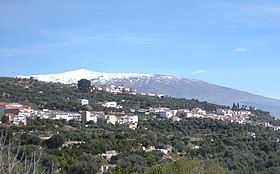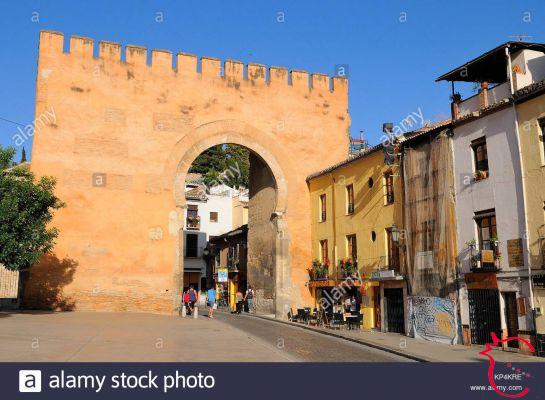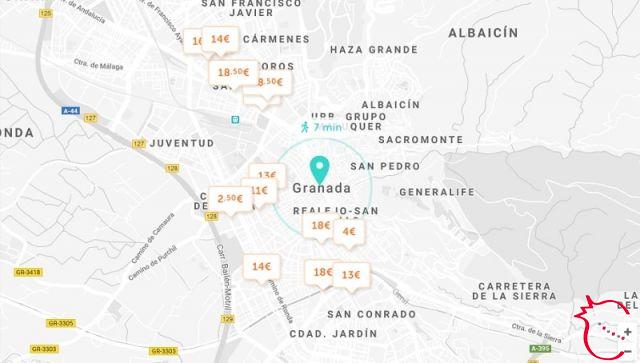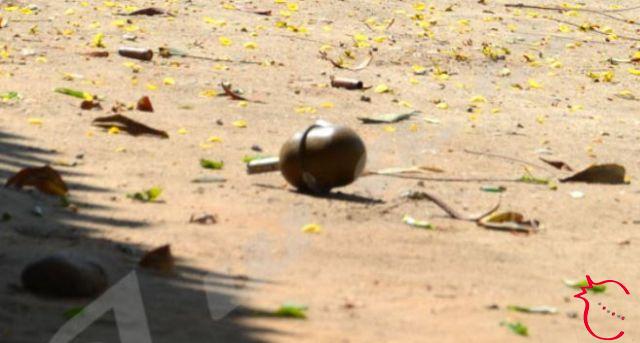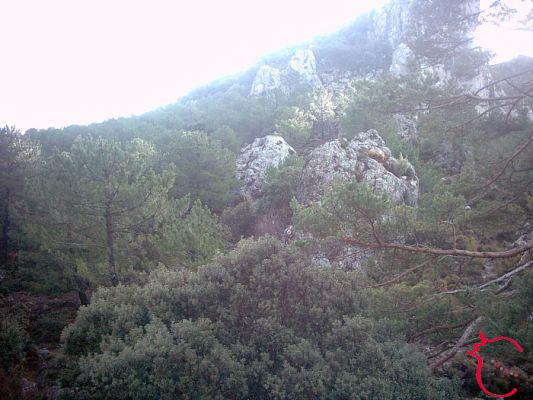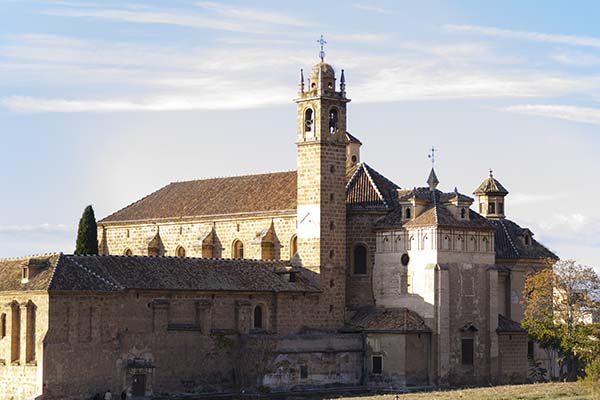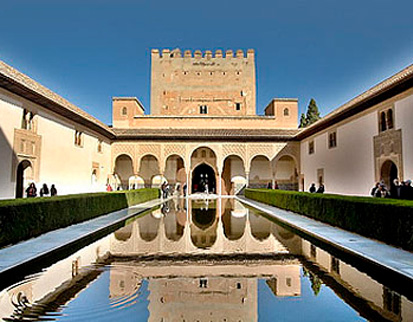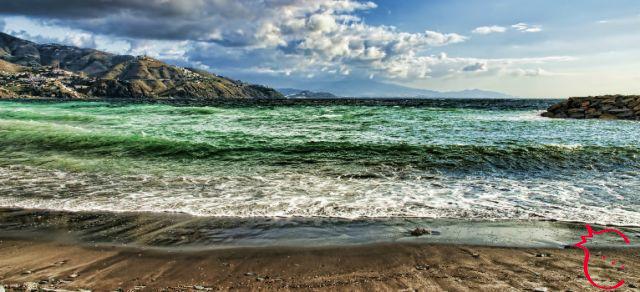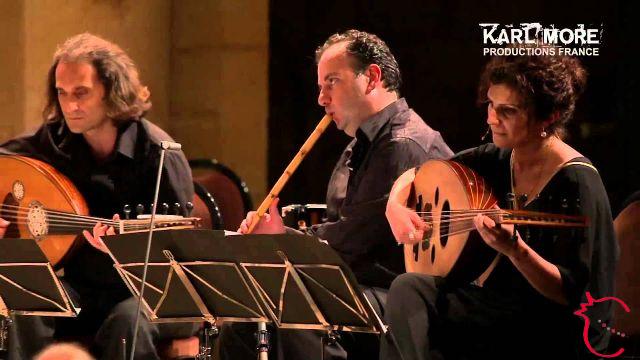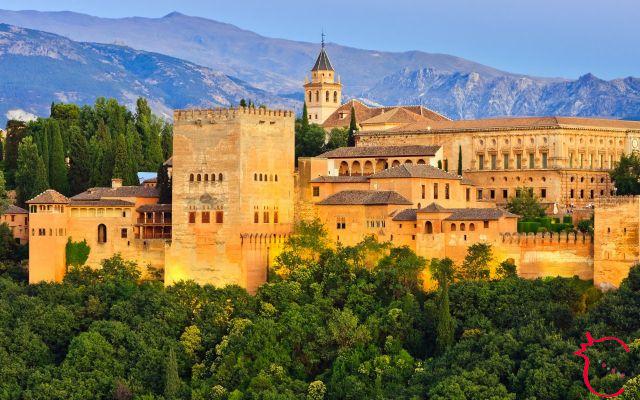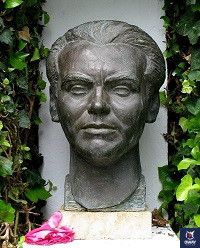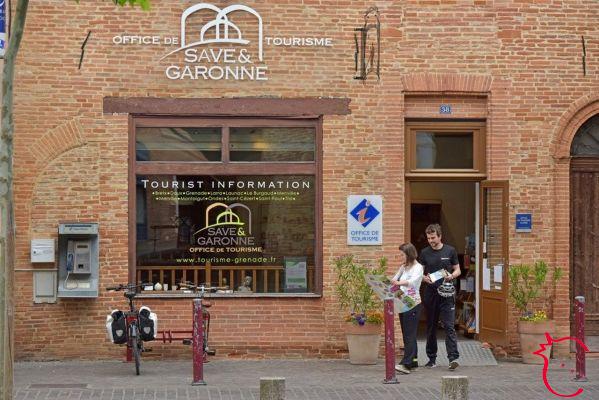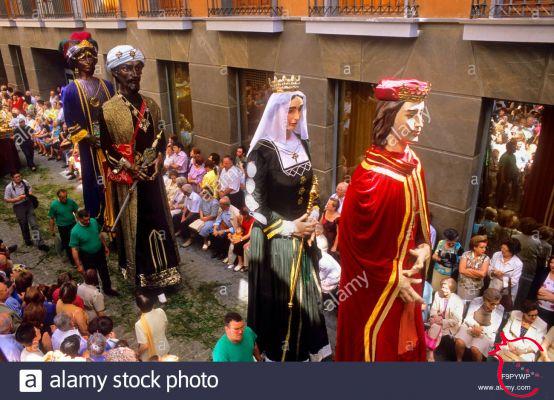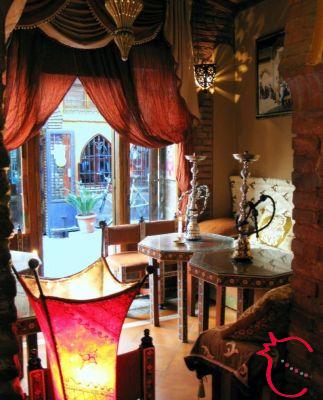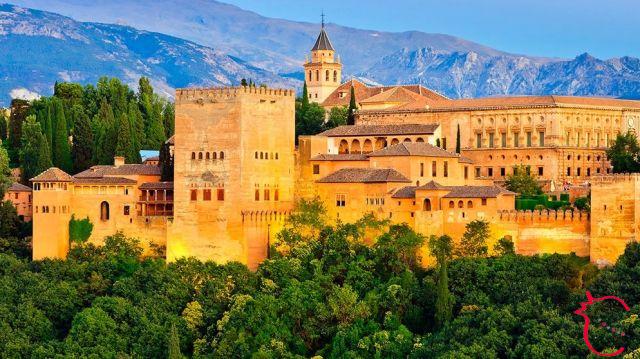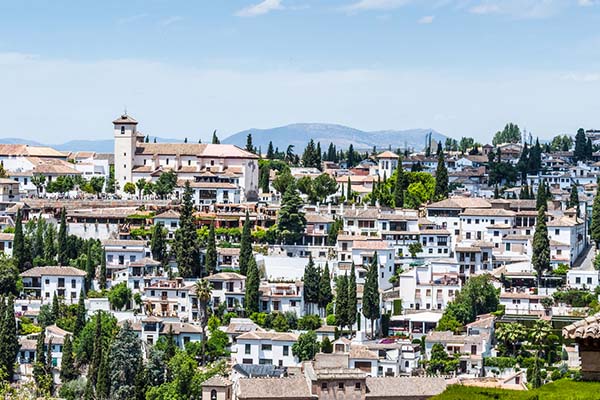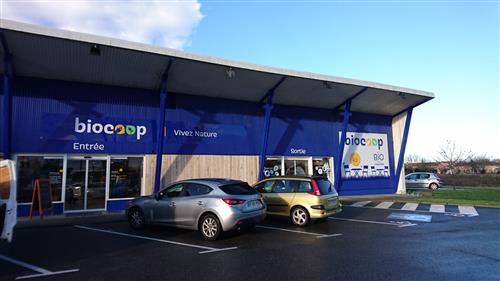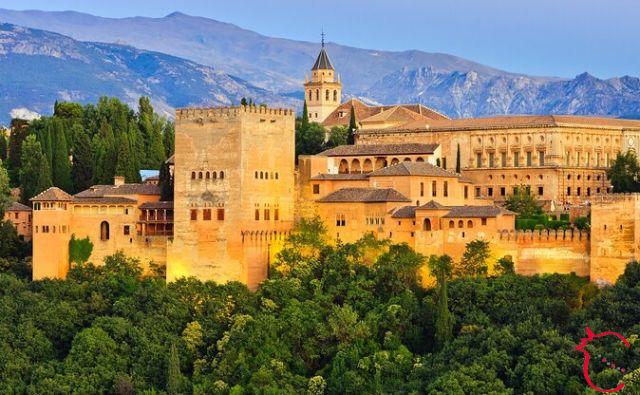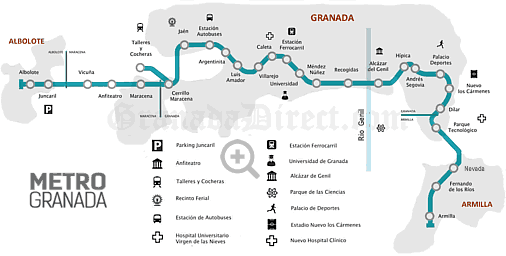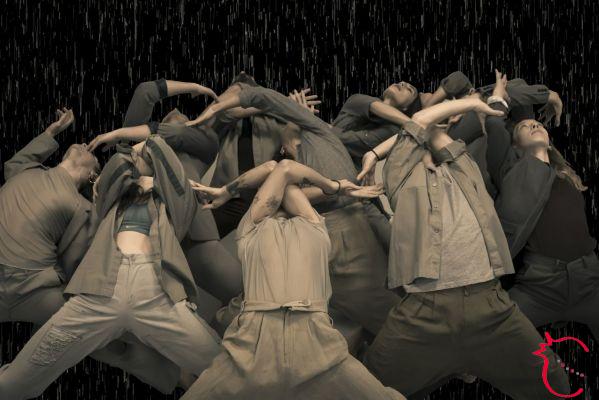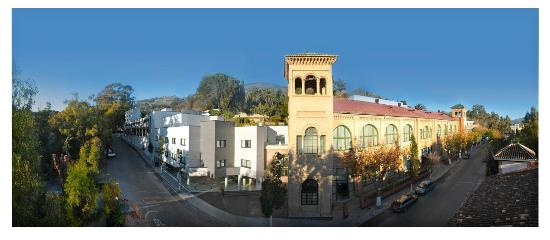
Are you in Granada and want to see its province? Don't miss Lanjaron a spa town famous for its waters with medicinal properties!
Located 48 km from Granada and about 35 km from the Costa Tropical, Lanjarón has been the most important mineral-medicinal water spa in Andalusia since the XNUMXth century.
With a population of around 3500 inhabitants it is located on the slope of the Sierra Nevada. It has an extension of 59,2 km2 and an altitude of 650 m above sea level on a land with large slopes, gorges and streams.
From the heights of the Sierra Nevada to the mouth of the Lanjarón river gushes the infinite variety of waters for which the area is known; all with different aromas, flavors, properties and aspects.
It originated before the Roman era. Its name (Lanjarón) derives from the pre-Roman word lanchar which means a place rich in water.
Thanks to its strategic position as a natural gateway to the Alpujarra, Lanjarón was an important military center during the Arab domination. It was also an important town during the Alhamares dynasty, in the first half of the XNUMXth century.
With the reconquest of the Catholic kings in 1492 what was once the mosque, in the Aceituno district, was converted into a parish church, whose first building was rebuilt after being burned by the Moors.
The thermal baths of Lanjaron:
The World Health Organization has recognized Lanjarón as one of the longest-lived places on the planet. In fact, thanks to the quality of its waters - together with the climate, the pure mountain air and the Mediterranean diet - its inhabitants live more than a hundred years.
The melting of perennial snow and rain produces pure cold water.
The spas are equipped with six springs of mineral-medicinal waters, each of a different composition, used for the prevention and treatment of various diseases.
Drinking water:
Capuchina: purifying (large mineralizations, bicarbonate, chloride, sodium and calcium);
Health II: facilitates digestion (medium mineralization, chloride, sodium, calcium, bicarbonate and carbogaseose);
Chapel:, facilitates digestion and stimulates appetite (medium-low mineralization, chloride, sodium, calcium, bicarbonate and carbogaseose);
Health I: facilitates digestion (low mineralization, chloride, sodium-magnesium, calcium, bicarbonate and carbogaseose);
San Vicente: diuretic (weak mineralization, bicarbonate and calcium)
Thermal water:
The salty: sedative (large mineralizations, chloride, sodium, calcium, carbogaseous and ferruginous)
What to visit in Lanjaron:
The Hondillo District
It is one of the places that best preserves the remains of the medieval period of Lanjaron. In the neighborhood you can still see the typical elements of an architecture that seems to have Berber roots, with narrow alleys, tubs and numerous ornaments.
Lanjaron Castle
Of the castle only a few ruins remain located on a rocky promontory. It was located at about 300 meters above sea level, in a steep and difficult to access location. Its location was enviable: on one side it dominated the access to the Alpujarra and on the other the path that connected Granada to the Costa Tropical. The castle was defended by two large towers with stone walls, one to the north, semicircular and another to the south, the so-called Torre del Homenaje inside which there is a cistern.
The Water Museum:
The museum, opened to the public in early 2010, is located in an area north-east of Lanjaron, at the entrance to the Sierra Nevada National Park near the river that bears the same name as the Andalusian town. The museum building reuses and adapts to the new function two pale stone sheds of a former slaughterhouse plus an additional building, a large access courtyard and a wooden pavilion.
Furthermore, during the renovation, it was discovered that the buildings were originally mills; and this adds an archaeological dimension to the whole project.
The entrance courtyard is made up of prefabricated concrete slabs on whose surfaces square openings have been made, arranged according to a precise geometric design, to allow the growth of 17 orange trees. A rectangular wooden carpet made up of horizontally sectioned eucalyptus trunks is part of the plant design.
The museum is divided into three rooms.
La before deals with the path of water that from the high peaks of the Sierra Nevada descends to the Mediterranean Sea, passing through rivers, canals and the underground aquifers of Lanjaron. For this narrative in the form of visual projection a glass panel anchored in a swimming pool is used which also creates special light reflection effects that invest the ancient stone walls.
La second deals with the various uses of water - from agricultural to domestic, up to industrial - illustrated by television screens suspended from the ceiling that show the close relationship of life in the country with water.
La third proposes local history through the use of period images that allow visitors to relive some significant moments of a more or less remote past.
The Honey Museum:
This museum is a discovery: it unifies the historical heritage with the latest technical features. The wax press is a huge construction, all in wood and each piece is of a different type. It still works, even if it is not normally in action. There is a collection of ancient hives, classified according to their age and the region in which they were used. You can also observe the different types of honey, beekeeping equipment and take an interactive bee quiz.
What makes this museum special is the interaction: several touch screens offer information on the anatomy of bees, the history of beekeeping and pollination. You can look under the microscope and observe a bee collecting pollen and nectar. The museum is surrounded by a beautiful garden with an educational path.
Ticket price: 3 €
The Festival of water and ham (San Giovanni)
Fire and water, which represent the salt and the sea, are the main protagonists of this festival which is celebrated in Lanjaron. The feast in honor of San Giovanni has turned into the feast of water. Excellent opportunity to advertise another product of the area, ham, which is very good, even if it is not famous.
The climax of the party is the famous "Night of Water".
From midnight on the eve until one o'clock in the morning of San Giovanni there are many bathing in water. Afterwards, visitors are offered a snack of ham to compensate them for the baths. During these days the carnival parade known as 'La Pubblica' is also celebrated.



